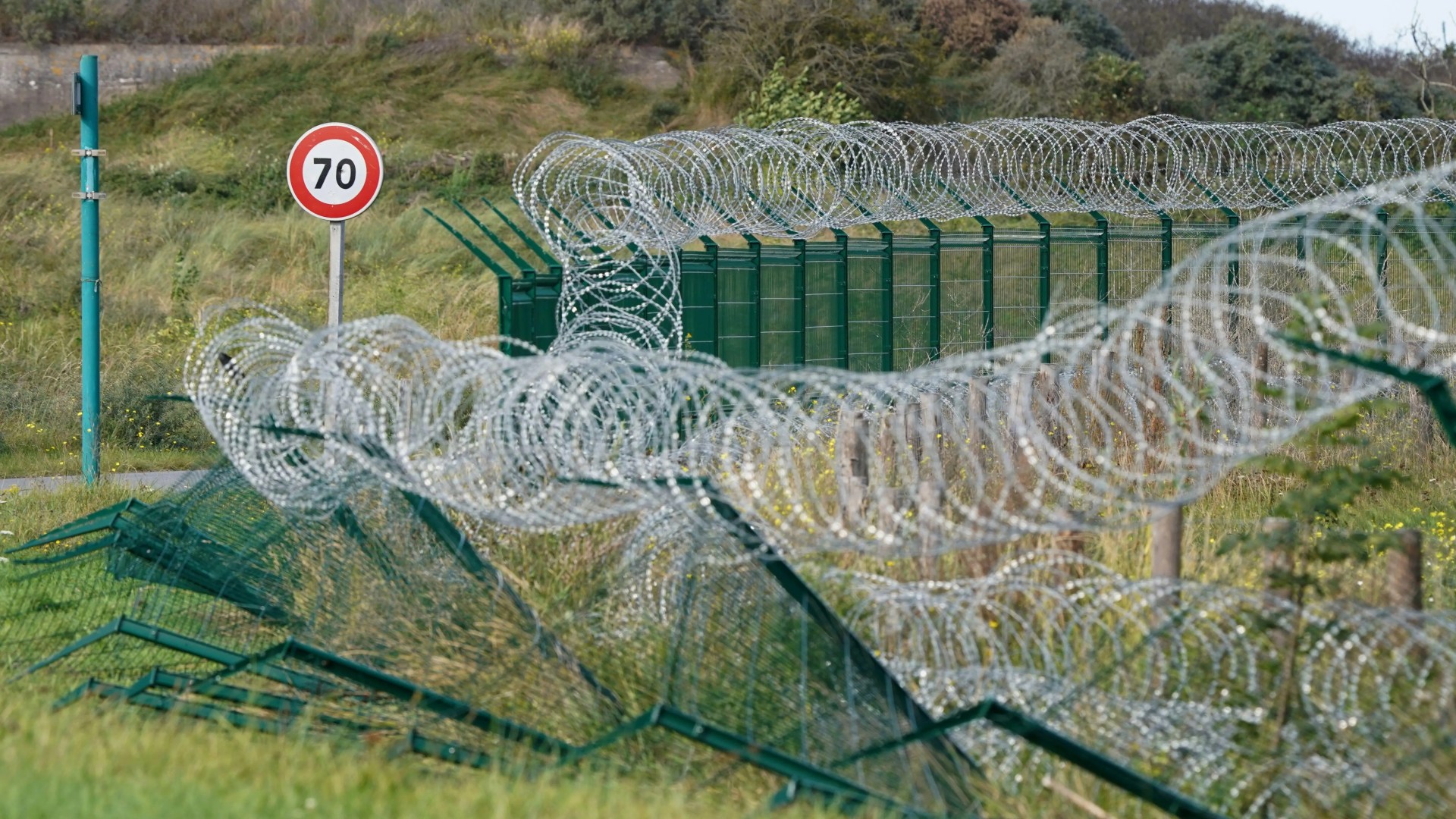French officials are set to invest up to £132,000 of British taxpayers’ money to construct a substantial fence aimed at deterring migrants from approaching residential areas in the town of Gravelines, located near Calais. The local authority has proposed a barrier measuring approximately 1,000 yards long and standing 6.5 feet tall, designed to keep migrants away from homes and gardens in the vicinity.
The decision comes as the small coastal town grapples with an influx of migrants, predominantly young men, who congregate in the area while awaiting opportunities to cross the English Channel. Residents have expressed concerns over their safety and the impact on their daily lives, prompting local government action to address the situation.
Community Concerns Prompt Action
The initiative to build the fence has sparked debate among residents and officials alike. Proponents argue that the barrier is necessary to protect the community and maintain local order. Critics, however, question whether such measures will effectively resolve the underlying issues associated with migration.
Local authorities have emphasized that the fence will not only shield residents from potential disturbances but also serve as a visual deterrent to migrants looking to gather in residential regions. This response reflects broader tensions surrounding migration in northern France, particularly in areas close to the Channel.
Funding and Future Implications
The funding for the project raises important questions regarding the use of taxpayer money. While the UK government has historically contributed to various initiatives aimed at addressing migration, the allocation of funds for a barrier in another country has drawn mixed reactions. Some view it as a necessary investment in border security, while others criticize it as misdirected spending.
The construction of the fence is expected to commence shortly, with local officials hopeful that it will alleviate some of the pressures faced by residents. The effectiveness of such measures remains to be seen, as the migration crisis continues to evolve in the region.
As discussions around migration policy persist, the Gravelines project may serve as a bellwether for future initiatives aimed at managing cross-border migration and addressing local community concerns.







